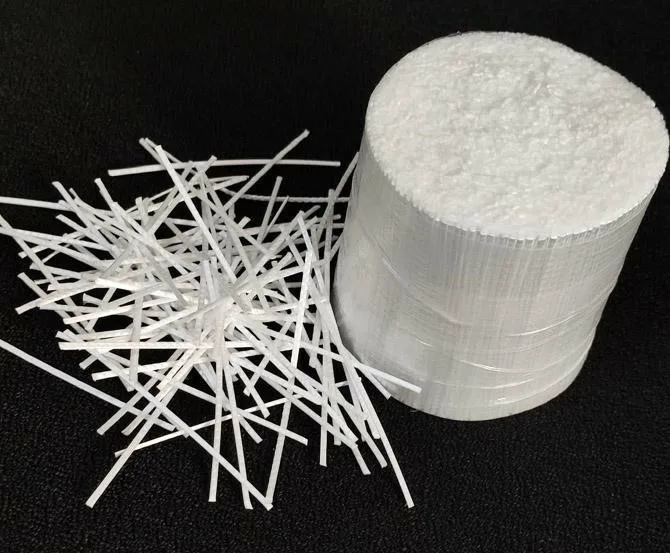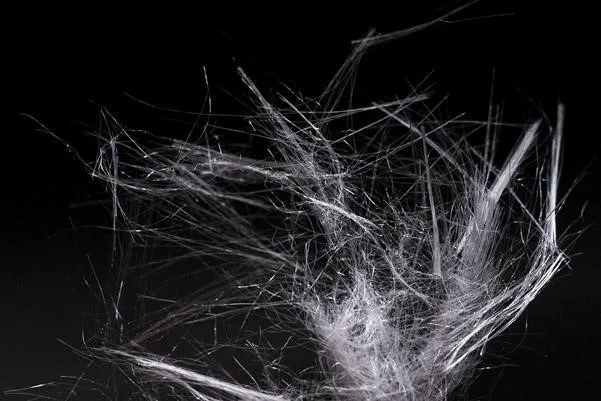Concrete Fibers play a crucial role in enhancing the performance and durability of tunnel shotcrete and tunnel linings. Macro Fibers are used to increase the post cracking residual strength of concrete in terms of Energy Absorption & Micro Fibers are used for fire resistance in case of any fire hazard.
By incorporating these fibers in shotcrete and tunnel linings, the overall strength and toughness of the concrete are improved. This reduces the likelihood of shrinkage cracks and enhances its resistance to impact & dynamic loads, long-term stability and reliability of the tunnel structure. It enhances safety and performance for transportation and infrastructure systems. These fibers are widely utilized in various projects throughout the country, including the notable Rishikesh-Karnaprayag railway line in Uttarakhand, India.
About Rishikesh-Karnaprayag Railway Line:
The Rishikesh-Karnaprayag railway line is a significant infrastructure project underway in Uttarakhand, India. Spanning 125 km, this broad-gauge railway line is being developed between Rishikesh and Karnaprayag. The project is led by Rail Vikas Nigam Limited (RVNL), a public sector undertaking owned entirely by the Ministry of Railways.
The construction of this railway line holds great importance for the region, as it will mark the first time a railway line ventures into the hinterland. The primary objective of connecting Rishikesh and Karnaprayag through this rail link is to provide easier access to the state’s pilgrimage centres, trade facilitates to new commercial hubs & promotes development in underprivileged areas & serves the local population.
The Rishikesh-Karnaprayag railway line forms part of the border Char Dham Railway Project. This ambitious initiative aims to construct a 327 km-long railway line that will significantly enhance connectivity between the revered Char Dham religious shrines of Yamunotri, Gangotri, Badrinath, and Kedarnath. The railway line will play a pivotal role in improving accessibility to Uttarakhand’s pilgrimage centers, boosting trade connectivity, and fostering tourism in the region.
The Rishikesh-Karnaprayag railway line will traverse through five districts of Uttarakhand, namely Dehradun, Tehri Garhwal, Pauri Garhwal, Rudraprayag, and Chamoli. Along the route, the project involves the construction of 12 railway stations, 17 tunnels, viaducts and 35 bridges.



Tunnels of Rishikesh-Karnaprayag Railway Line
Tunnels of Rishikesh-Karnaprayag Railway Line
Tunnels serve a crucial purpose in railway infrastructure by allowing trains to navigate challenging terrain such as mountains, hills, rivers, and densely populated urban areas where constructing an above-ground track would be impractical or disruptive. These tunnels create efficient transportation routes, connecting regions that would otherwise be difficult to access. Rishikesh-Karnaprayag tunnel covers 105km or 84% of the total length of the line, including a 98 km-long escape tunnel. The design work for all tunnels has also been completed. In the case of the Rishikesh-Karnaprayag railway line, the tunnel construction will be executed in multiple construction packages.
- Package 2 entails the construction of a 14.6 km-long railway line, along with a 12.6 km-long tunnel.
- Package 5 involves the construction of a 9.6 km-long line, which includes two 6.9 km-long tunnels.
- In Package 6, the focus is on constructing tunnel number 11.
- Package 7 has been further divided into two sub-packages, namely 7A and 7B. Sub-package 7A encompasses the construction of bridge number 12 and tunnel number 12. Sub-package 7B, on the other hand, involves the construction of a 9.4 km-long tunnel and the development of the Tilani station.
- Moving on to Package 8, it encompasses the construction of a 15 km-long tunnel and three major bridges.
- Package 9 entails the construction of an 8.04 km rail line, which includes a 6.4 km-long main tunnel, a 6.3 km-long escape tunnel, two major bridges, one minor bridge, a 2.2 km-long yard, and the establishment of a station at Karanprayag.
FIBERCRETE® Macro Fiber for Tunnel Shotcrete:


FIBERCRETE® EF Macro Fiber for Tunnel Shotcrete
FIBERCRETE’s EF Macro Fiber is a highly effective choice for tunnel shotcrete applications, as demonstrated in the construction of the Rishikesh-Karnaprayag railway line. The Macro Fiber is specifically designed to enhance the properties of concrete by providing superior energy absorption, toughness, durability, and increased post-cracking residual strength. Additionally, it helps prevent shrinkage cracking in the concrete.
During the mixing process, FIBERCRETE’s Macro Fibers were added to the shotcrete mix. The fibers were then carefully dispersed throughout the mix to ensure uniform distribution and reinforcement. Advanced mixing techniques and equipment are employed to achieve optimal fiber dispersion. As the shotcrete was applied to the tunnel rock strata, the fibers will anchor to the tunnel walls.
The dosage of macro fibers in the shotcrete mix was determined based on the project requirements, such as desired reinforcement levels, tunnel design parameters & required energy absorption values.
Why FIBERCRETE® Macro Fiber?
The embossed surface contribute to increased flexural toughness, compression strength, energy absorption, and overall durability of the concrete.
- Easy anchoring and ess rebound wastages
- Eliminates complete steel reinforcements or welded wire mesh
- Fibercrete® Fibers complies with European Standard EN 14889-2: 2006, ASTM C1116 / C1116 M and carries CE Marking.
- FIBERCRETE® is the only company in India to manufacture Water Soluble Fiber Pucks.
FIBERCRETE® Micro Fiber for Tunnel Lining:


FIBERCRETE® MF Micro Fiber for Tunnel Lining
FIBERCRETE® MF is a Synthetic Monofilament Fibers used for tunnel lining of Rishikesh-Karnaprayag railway line. It also helps to mitigate the formation of shrinkage cracking in concrete & helps in fire resistance in case of fire accidents. These fibers are typically used at a dosage rate of 1-2 kg/m3.
Why FIBERCRETE® Micro Fiber?
- High Tensile Strength
- Greater Young’s Modulus
- Non Corrosive
- Acid & Alkali Resistance
- Chemically Inert
- Hydrophobic (do not absorb water)
- High fiber count
- Decreases the dead weight of the concrete element
- Uniform Dispersion in concrete


Fibercrete miacro and micro fibers used for tunnelling of Rishikesh – Karanprayag Railway Line
FIBERCRETE® takes great pride in their company’s products being used for the landmark Rishikesh to Karanprayag Railway Line. It is a testament to the quality, reliability, and innovation that their products bring for tunnelling applications. They are proud to be associated with the projects as they demonstrate dedication to pushing boundaries, embracing innovation, and delivering solutions that surpass expectations.
About Kalyani Polymers Pvt Ltd.
Kalyani Polymers Pvt Ltd. under the brand name FIBERCRETE® offers a World Class Synthetic Micro & Macro Concrete Fiber Products under “MAKE IN INDIA” and “ATMANIRBHAR” to cater the requirements of Construction Sector in India and around the World and carries a valid CE (European Conformity) mark.
Kalyani Polymers has developed an in-depth understanding of trends and requirements, and in accordance developed unique technologies and manufacturing to best meet customers’ requirements. Having Accredited with ISO 9001 from TUV since 2008, Quality, Service and Innovation have been their Pillars of Development.
They have customized Concrete Fibers products for every client, and cater to their needs after a thorough investigation of the requirements and necessities. The company’s ability to continuously expand its product range and apply new techniques to present systems by installing new machines for efficient manufacturing is aided by the ample space to innovate and commercialize new products.

